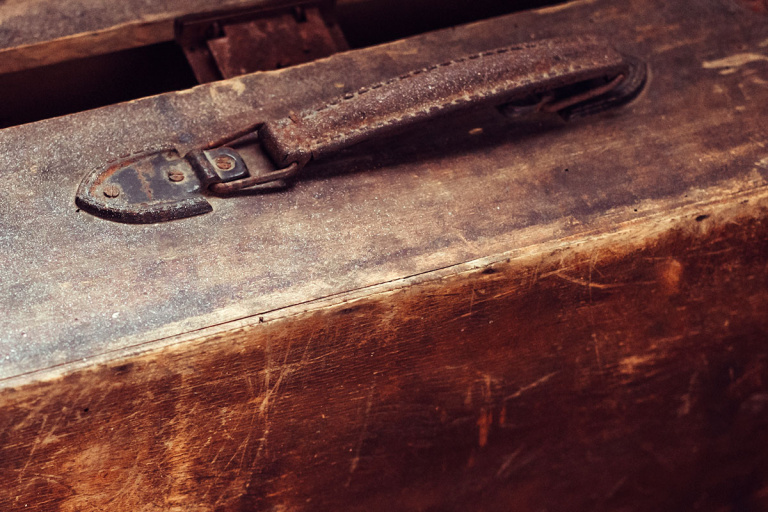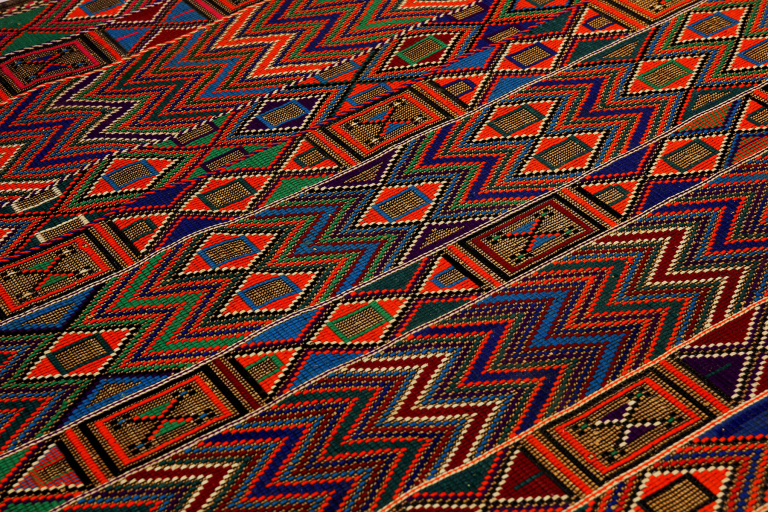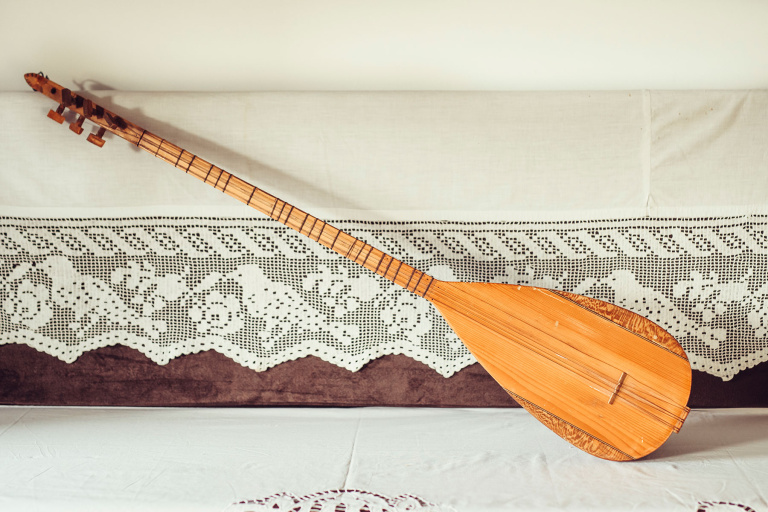1923-2023: Stories of Forced Displacement




For its second year, theBasketGallery is organizing two exhibitions looking into forced displacement- past and present.
More and more people continue to be uprooted from their homes through the world. The causes that force people’s displacement are interconnected through systematic human rights violations.
The year 2023 marks the 100th anniversary of the Lausanne Treaty between Greece and Turkey and the commencement of one of the largest population exchange between two countries. At the same time, 2023 is the year recording the highest ever number of refugees and internally displaced persons globally, since 1945.
It is against this backdrop that our second season’s exhibition looks into
- the displacement experience on the other side of the Aegean Sea – those who left Greece and went to Turkey. The Others. The similarities of the experience between Us here and Them there are obvious.; and
- displacement today – refugees and internally displaced persons forced to leave their homes under extreme circumstances, whether these are war or natural disasters.
Both exhibitions run in parallel for a period of almost ten (10) months, from 22 September 2023 to 30 June 2024.
There are objects brought to Turkey from Greece’s Muslims of Turkish origin and many photos of other similar objects of the Mübadil. There are also objects made by refugees and others in countries of asylum as well as objects made in countries of origin.
During the exhibition time, theBasketGallery will organize side events in collaboration with local or other associations and individuals (see agenda here).
a. The 1923 Population Exchange – The Others
The Lausanne Convention
The Lausanne Peace Treaty Number VI – Convention Concerning the Exchange of Greek and Turkish Populations, also known as the Lausanne Convention, was an agreement between the Greek and Turkish governments signed by their representatives in Lausanne on 30 January 1923, in the aftermath of the Greco-Turkish War of 1919–1922. The 1923 Greek-Turkish population exchange forcibly relocated close to two million people: around 500,000 Muslims in Greece were resettled in Turkey, and 1.5 million Greek Orthodox Christians in Turkey were moved to Greece.
There have been other examples and attempts of population exchange in the past. For example, an exchange of minorities was implemented between Bulgaria and Greece in 1919, and a population exchange was brought up between Greece and the Ottoman Empire before the First World War, although this attempt was interrupted when the war broke out.
In accordance with the 1923 Convention, those exchanged lost their previous citizenship and gained the citizenship of the country in which they would be resettled.The convention exempted the Greeks living in Istanbul and the Muslims in Western Thrace.
The convention was ratified by the Turkish government on 23 August 1923 and by the Greek government on 25 August 1923, after the conclusion of the Treaty of Lausanne.
Article 1
As from the 1st May, 1923, there shall take place a compulsory exchange of Turkish nationals of the Greek Orthodox religion established in Turkish territory, and of Greek nationals of the Moslem religion established in Greek territory. These persons shall not return to live in Turkey or Greece respectively without the authorization of the Turkish Government or of the Greek Government respectively.
The Mübadil
“Mübadil” in Turkish means exchange and this is how Muslims of Turkish origin who came to Turkey further to the Lausanne Treaty are referred to.
Though most were relocated to cities closer to Greece, people who arrived through the population exchange also found themselves in faraway places, like Adana, more than 1,700 kilometers (1,056 miles) away from Greece. People who settled in Adana hailed from the island of Crete where a massive number of Turks were relocated from, to a wide area stretching from Çanakkale and Bursa in the west to Adana and Hatay in the south. Selma Kırançeşme’s family was among these people. Her father was just a 1-year-old when his family moved to Mersin first, before setting up new lives in neighboring Adana. “The lives of Turks were in danger in Crete after the War of Independence in Turkey. A Greek man alerted the people of my grandparents’ village about an imminent raid (by Greek forces). They were living in an inner part of the island and moved to somewhere on the coast. Some lived in tents on the beaches, waiting for months for ships to take them to Turkey,” she said.
Traveling to Turkey was another chapter of the flight. “Every vessel had a certain capacity for passengers and when they were filled, people were not allowed to board. Some families placed their children into the vessels first and waited for the next vessels, for months. My grandmother was among those children. In some cases, siblings only found each other some 50, 60 years later. I met the grandchildren of my uncle only four years ago. We also found descendants of my grandfather’s uncle years later in the (southwestern) town of Bodrum,” she said.
Arrival in Turkey was another challenge. “Most of them did not know Turkish and had a hard time adjusting to their new lives in their homeland,” Kırançeşme said. “The first generation was shut-in people who did not have much social contact with people in their new country. The community had consanguineous marriages in the first years, for instance,” she said. “They went through a great deal of pain but did not convey it to their children,” she added[1]. It all sounds very familiar…
b. Forced to leave home
Numbers bring reality. About 90 million people around the globe have been forced to leave their homes to escape war, violence and persecution. The majority have become Internally Displaced Persons, meaning they fled their homes but are still in their own countries. Others, referred to as refugees, sought shelter outside their own country.
Asylum countries & host communities
Turkey hosts more than 3.6 million refugees, the largest population worldwide and this for over 10 years now. Islamic Republic of Iran follows with 3.4 million. Colombia became the third largest hosting country with 2.4 million refugees, followed by Germany (2 million) and Pakistan (1.7 million)[2].
Turkey 3.6 million
Islamic Rep. of Iran 3,4 million
Colombia 2.4 million
Germany 2 million
Pakistan 1.7 million
Main countries of origin
Figure 3 | Refugees, people in refugee-like situations and other people in need of international protection by country of origin | end-2022
| Countries | Refugees | IDPs |
| Colombia | 6.8M | |
| Syria | 6,547,800 | 6.8M |
| Ukraine | 5,679,900 | 5.9M |
| Yemen | 4.5M | |
| Afghanistan | 5,661,700 | 3.3M |
| Venezuela | 5,451,800 | |
| South Sudan | 2,295,000 | |
| Myanmar | 1,253,100 | |
| DRC | 931,900 | 5.5M |
| Sudan | 836,800 | 3.6M |
| Somalia | 790,500 | 3M |
| Central African Rep | 748,300 | 4.5M |
| Nigeria | 3.3M | |
| Ethiopia | 2.7M |
Not lost in translation
Who is a refugee?
According to Art. 1A(2) of the 1951 Convention Relating to the Status of Refugees and its 1967 Protocol, a refugee is someone who “owing to well-founded fear of being persecuted for reasons of race, religion, nationality, membership of a particular social group or political opinion, is outside the country of [their] nationality and is unable or, owing to such fear, is unwilling to avail [themself] of the protection of that country; or who, not having a nationality and being outside the country of [their] former habitual residence, is unable or, owing to such fear, is unwilling to return to it.”
Who is an internally displaced person?
According to the Guiding Principles on Internal Displacement, internally displaced persons (also known as “IDPs”) are “persons or groups of persons who have been forced or obliged to flee or to leave their homes or places of habitual residence, in particular as a result of or in order to avoid the effects of armed conflict, situations of generalized violence, violations of human rights or natural or human-made disasters, and who have not crossed an internationally recognized border.”
Who is a migrant?
According to the International Organization for Migration, migrant is an umbrella term, not defined under international law, reflecting the common lay understanding of a person who moves away from his or her place of usual residence, whether within a country or across an international border, temporarily or permanently, and for a variety of reasons.
***
Is your family affected by forced displacement? Are you from a refugee family?
If yes, select an object that has special meaning for you and write to us about it with or without a photo
***
During the exhibition, theBasketGallery will be screening Cate Blanchett’s performance of the rhythmic poem “What They Took With Them” alongside fellow actors Keira Knightley, Juliet Stevenson, Peter Capaldi, Stanley Tucci, Chiwetel Ejiofor, Kit Harington, Douglas Booth, Jesse Eisenberg and Neil Gaiman. The poem was written by Jenifer Toksvig and was inspired by stories and first-hand testimonies from refugees forced to flee their homes and items they took with them. One of the sources for the poem was Brian Sokol’s photography project, ‘The Most Important Thing,’ made in collaboration with UNHCR. Many of Brian’s photos, along with firsthand accounts from the refugees he photographed, are featured in the film. Released exclusively on Facebook, the film urges people to sign the #WithRefugees petition to help ensure refugees have the basics to build back their lives – an education, somewhere safe to live and the opportunity to work. Stand #WithRefugees, sign the petition: www.withrefugees.org.
Apart from the various objects that will be exhibited this year, members of theBasketGallery team will contribute personal items from their own family’s history. Signifying that forced displacement is a constant tragedy in human history, these heirlooms are all telling stories that took place during the great, violent population exchanges that marked the previous century.
the families of
Bahadır Akkoyun
Ahmet Altunsoy
Şaziye Candan
Kemal Kolçak
Füsun Özen
Zehra Özçakır
Asu Özlü
Bircan Özmen
Fahri Pancar
Seniha Şeran
Hüseyin Yılmaz
as well as
Ahmet Altunsoy, head of the Thessaloniki Emigrants and Rumelia Migrants Association in Kuşadası
Şaban Yaylali and his daughter Özden İneler
and our friends
Elspeth Magdalene Black
Eleonora Azzurra Mantovani
Amina Mohamed
Ndeye Fatou Ndiaye
The exhibition features a variety of exhibits:
